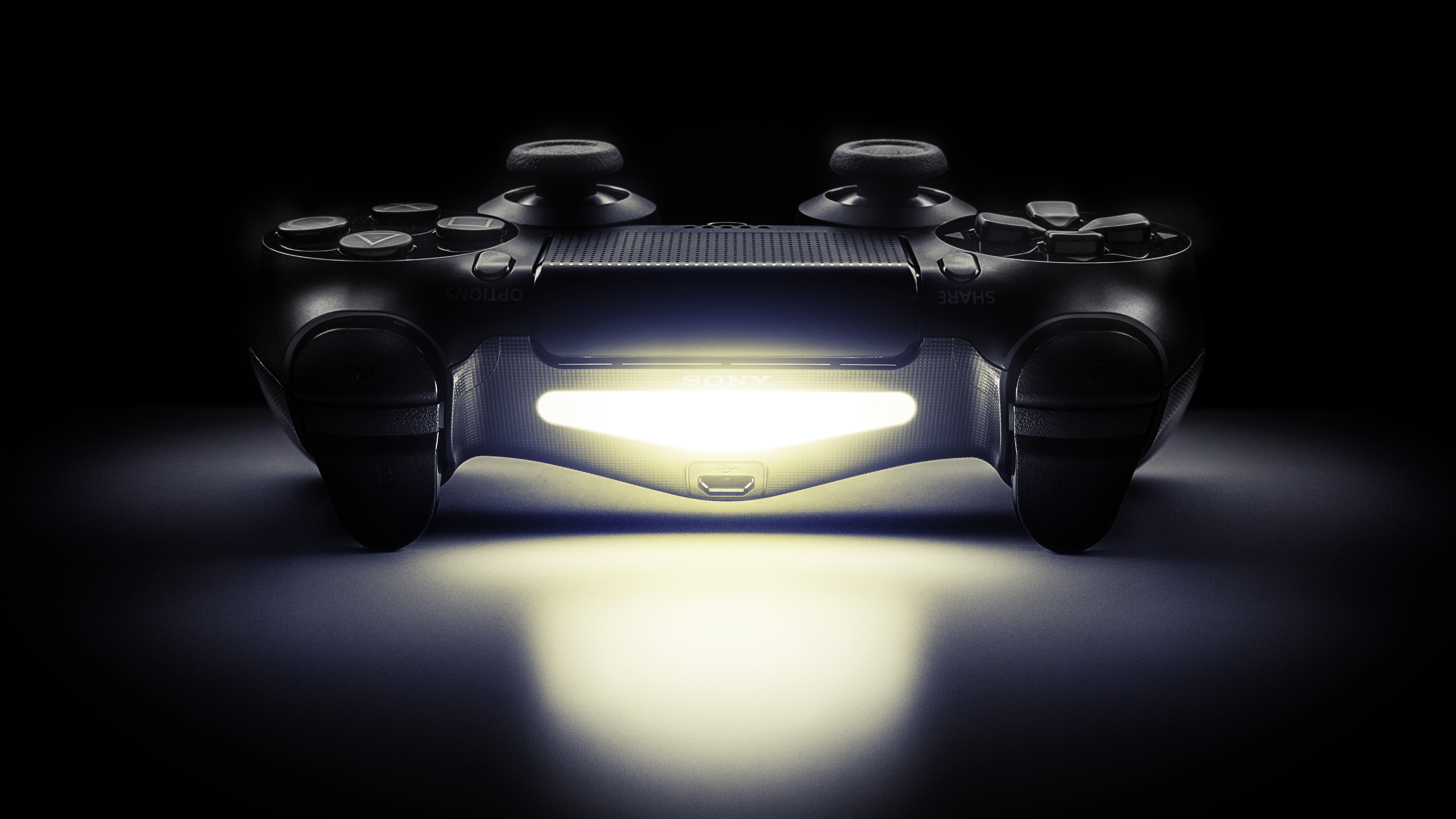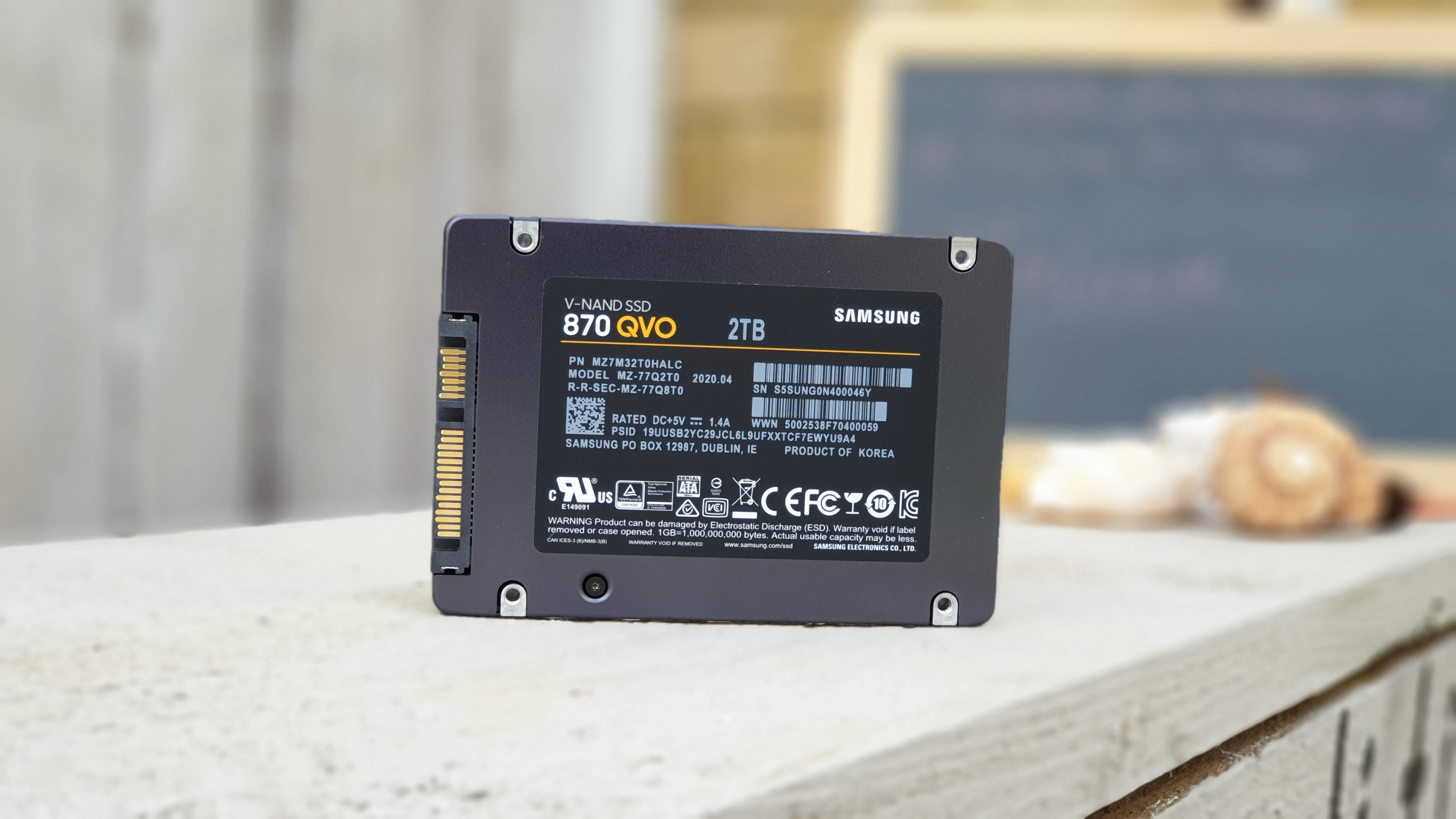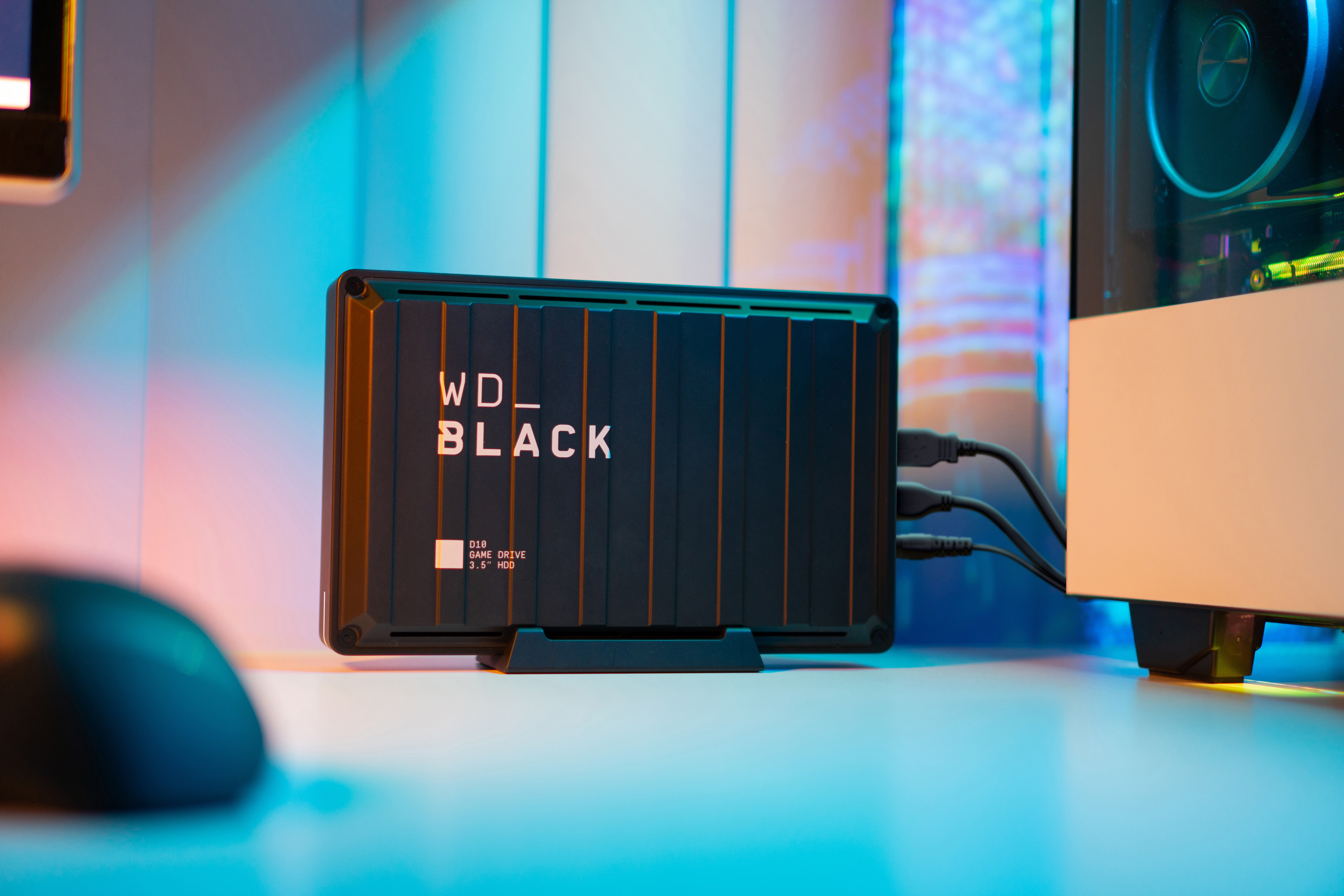How to get 16TB storage on your PS4
Want to max out your PS4 and download every game in your collection? Here’s how

The PS4 is nearing the end of its life and is being overshadowed by the upcoming PS5, but there’s still plenty of life in Sony’s console - especially as the PS4 Pro turbo-charges many of the system’s huge library of games, and because the device will still see new releases as the generations converge.
Unsurprisingly, many people will still be playing their PS4, PS4 Slim or PS4 Pro consoles long into the PS5’s lifespan, especially given the price of the new console and of the 4K TVs that will be needed to make sure new games look their best.
If you’re planning to keep your PS4 going for as long as possible then it makes sense to give the machine all the help it can get. Given that you can’t upgrade its processor, graphics chip or memory, it means locking and loading extra storage. And if you really want to maximize your machine, that means adding an 8TB SSD and an 8TB external drive - the maximum amount of internal and USB-based storage supported by Sony’s console.
Those capacities combine to deliver a monster 16TB of storage for your machine. If you’ve got a sizeable games collection that’ll be welcome, especially when compared to the original system’s 500GB or 1TB drives. Those don’t last long when current games can take up 100GB of space.
Not sure where to start when it comes to adding such a vast amount of space to your PS4, PS4 Slim or PS4 Pro? Easy – read on.
- Best PS4 external hard drives 2020
- Should I buy an SSD for my PS4 or PS4 Pro?
- Best PS4 games: the most essential PlayStation 4 releases
Adding 8TB to your PS4’s internal storage

Upgrading the PS4’s internal drive is the most involved part of the process, but it’s still pretty simple. Sony has always encouraged gamers to upgrade console storage, and so the drives on PS4 machines are accessible.
We’re not going to beat around the bush here – kitting out your console with 16TB of storage won’t be cheap. When it comes to the internal storage, you won’t be able to replace the machine’s original hard drive with another 8TB hard disk. That’s because the PS4 uses 2.5in disks and those peak at 5TB. Even if 8TB disks did exist, they’d be too thick to fit inside the console.
Get daily insight, inspiration and deals in your inbox
Sign up for breaking news, reviews, opinion, top tech deals, and more.
If you want 8TB of internal storage on your machine, you’re going to have to use an SSD. These devices use flash memory rather than physical platters, so they’re thin enough, and the mainstream SATA drives that can be used inside the PS4 will saturate the console’s storage bandwidth and be many times quicker than the machine’s hard disks. In terms of real-world performance, your console will boot faster, load games with more speed and be better in-game with an SSD.
To get an 8TB SSD, though, you’re going to have to fork out around £800 (around US$900, AU$1,400) for a drive like the Samsung 870 QVO. It’s not cheap, but it’s capacious and quick, and it’s the only consumer 8TB SSD on the market.
Setting up your PS4 with a new SSD is simple. The first step is to back-up the games and data you want to bring across from your old hard disk. Then it’s time to open the console, remove the old drive, place the new SSD into the caddy and restore the OS and your data to the new drive.
If you would like a guide to installing an SSD into your new console, head here for comprehensive instructions. If you’d like to weigh up the pros and cons of using an SSD in your PS4, click here.
Adding 8TB to your PS4’s external storage

The PS4’s internal storage is somewhat hamstrung by the console’s slimline 2.5in drive bay, but there are no such restrictions on the outside. If you want to add 8TB of external storage to your console, you have more options – and, thankfully, some are cheaper.
No matter what you want to use, there are rules of thumb to bear in mind. Your USB drive must use a USB 3.0 connection at least, and it can’t use a hub – it must be a direct connection. Also, be aware that using a drive as extended storage will take up the entire drive because PS4 has its own encrypted file format. And, finally, remember that PS4 extended storage can be used to store games, but it can’t be used for saves, themes or screenshots.
If you’re chasing 8TB, then remember that Samsung hasn’t yet put its 8TB SSDs into external drives, so you won’t be able to deploy an external SSD. And, because 2.5in 8TB consumer hard disks don’t exist, you’re going to have to use an external drive with a larger 3.5in hard disk.
There are pros and cons here – a 3.5in drive will be faster than a 2.5in hard disk and external products often have extras, like USB ports to charge controllers and phones. External 8TB drives aren’t hugely expensive either, especially when compared to SSDs: you can easily pay less than £200 (around US$150, AU$350). That’s great, but desktop external drives are larger and usually require external power supplies – you’ll need a spare plug socket. And while a 3.5in drive will be quicker than the PS4’s 2.5in hardware, these drives still can’t compete with SSDs, so your internal storage will be faster.
Once you’ve chosen an external drive, it’s easy enough to get going – plug it into your PS4, head to the Settings menu, open Devices, and configure the drive to work as extended storage. The PS4 handles everything else, including formatting, and once that’s done you can start installing games on the external hardware.
If you’d like to examine your options when it comes to external hard disks, here’s our round-up of the best PS4 external hard drives.
After these steps have been handled, your PS4 will have 8TB of super-fast internal storage and a capacious 8TB external drive, so you’ll be set to install any game you like on your beefed-up gaming machine. Who needs a PS5, eh?
Mike has worked as a technology journalist for more than a decade and has written for most of the UK’s big technology titles alongside numerous global outlets. He loves PCs, laptops and any new hardware, and covers everything from the latest business trends to high-end gaming gear.